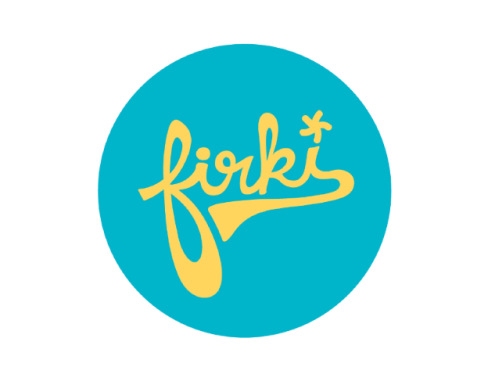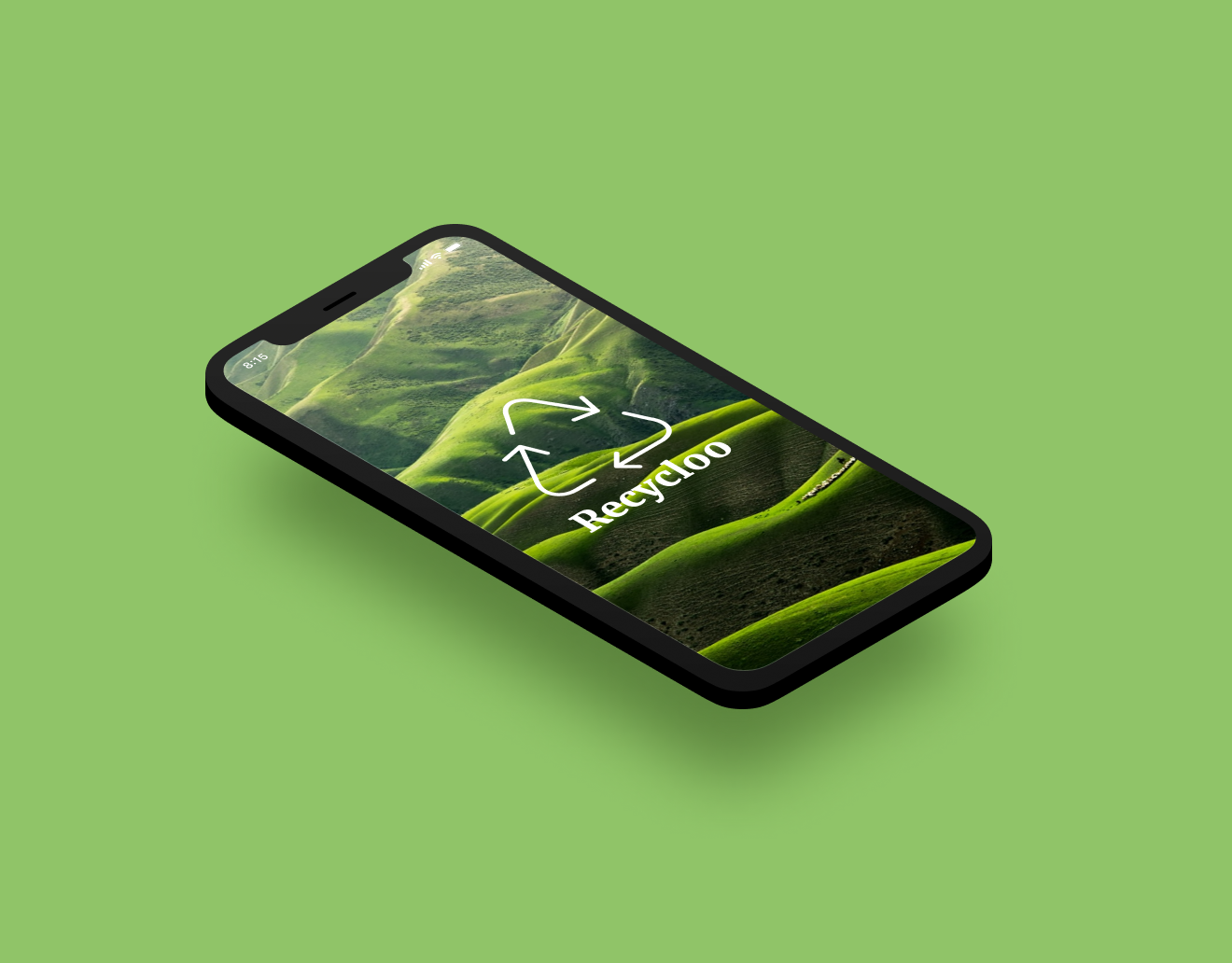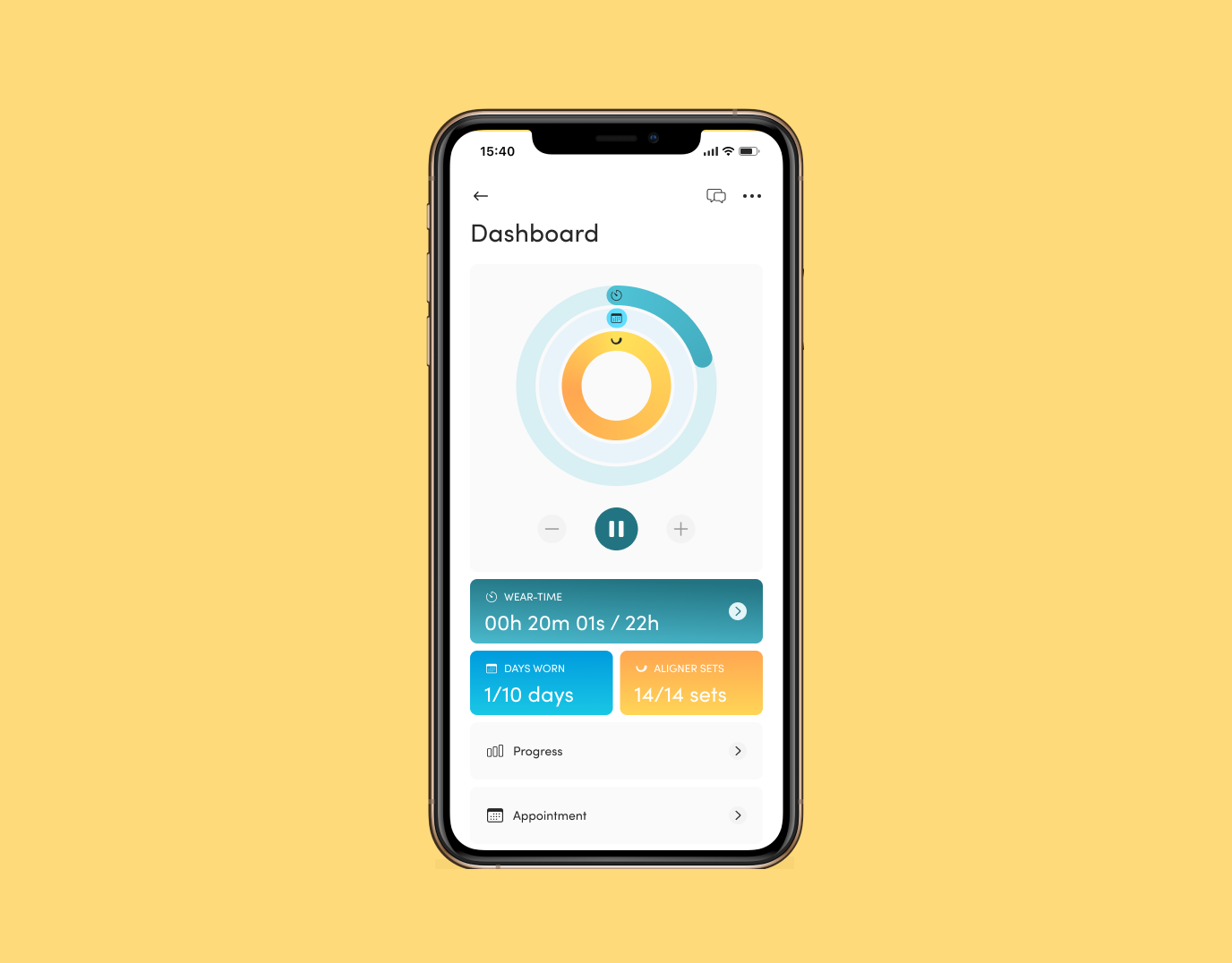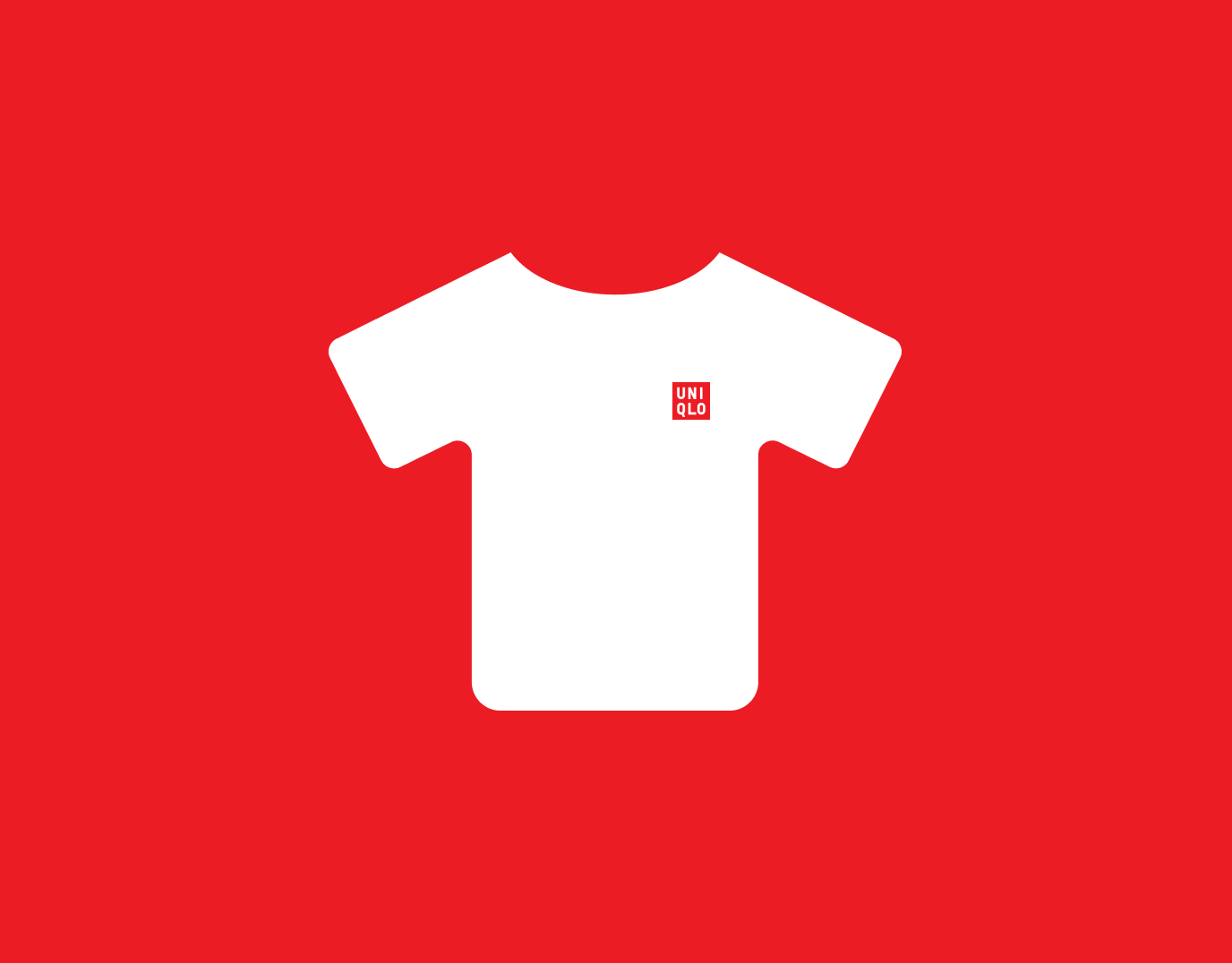As a Product Manager mainly looking at a Patient's Aftersales experience and journey, I looked into monetizing their engagement and interaction with Zenyum as a way to generate revenue. Various touch points direct to patient included the Zenyum app, email communications, and the sales and CC team.
Highlights of my work covered in this page:
- Retainer Sales
We've reached to a 10% Month-on-month growth in sales.
Worked on a 3 pronged approach - including Sales, CC teams, and self-checkout system
We've reached to a 10% Month-on-month growth in sales.
Worked on a 3 pronged approach - including Sales, CC teams, and self-checkout system
- Referrals
Increased app impressions by 31x and lead creation by 9x
Incentive costs were kept to 50% of marketing costs
Increased app impressions by 31x and lead creation by 9x
Incentive costs were kept to 50% of marketing costs
Scroll down to read more!
Who I've worked with on these strategies:
Creative and Product Design:
For visuals and general UX flow
For visuals and general UX flow
App and BE Development squad:
For building, development and release
For building, development and release
Dentistry:
For content gathering and validation
For content gathering and validation
Sales and Customer Care (CC):
To help grow sales and optimise workflow
To help grow sales and optimise workflow
PM and Dev Squad in-charge of Zenyum's payments system
Marketing:
For market strategies and analysis
For market strategies and analysis
Retainer Sales
Retainers are essential to retain the new shape of the teeth after an orthodontic treatment has ended. Jaw bone is usually softer, and teeth have a tendency to move back to their original position. Wearing retainers allows the jaw bone to harden with the teeth in their new position.
Goal:
- To increase Zenyum’s retainer sales among patients
- To reduce retainer sales lost to partner clinics
- To increase Zenyum’s retainer sales among patients
- To reduce retainer sales lost to partner clinics
How I did it:
Together with the Head of Aftersales Growth, we examined the full patient’s treatment journey and identified various points where Zenyum can make the sale, based on:
- Patient’s capacity to spend
- Patient’s awareness of orthodontic treatments
- Patient’s stage of treatment
- Patient’s awareness of orthodontic treatments
- Patient’s stage of treatment
To supplement this journey to increase sales, I first started by cleaning up and creating data points for us to measure existing performance of retainer sales at the above sale points
After examining, we set forth to grow retainer sales, mainly through the following three channels
1) CC Team
This has been the main channel so far. To further maximize this channel, I ensured proper segmentation of the patient database and created various funnels, to:
- ensure that the CC team has leads available such that they are able to reach out to the patients at the first possible stage in their treatment journey, and the CC team can start pitching retainer, and
- at any of the subsequent stages, CC team has information available on any potential sales to eligible patients
- at any of the subsequent stages, CC team has information available on any potential sales to eligible patients
2) Sales Team
I amended our sales workflow on Salesforce - which enabled our sales team to sell Retainers as part of a bundle when customers are looking to purchase Aligners
3) Self-checkout
I created a website that allows patients to explore more about Zenyum’s retainers, and pay for retainers on their own (without having one of Zenyum’s reps reach out to them)
First iteration: Cloned one of Zenyum’s existing webform-based site on Wordpress, included content about retainers, and got the patients to simply fill in their interest for retainers. CC team would then reach out to them to finish the sale
Second iteration: With the increased usage of the interest capture page, built an end-to-end web solution that integrated with Zenyum’s patient database, Salesforce, and the in-house finance system.
CRM-based engagement: Using query parameters, I created dynamic URLs with Liquid and targeted patients at selected stages using Braze. Dynamic URLs will ensure retainer sales are accurately attributed. Targeting was done using emails and push-notifications
App-based engagement: I incorporated the weblink in various app screens such as the Journey Screen, and pop-up boxes.
Impact
Since we started working on retainer sales, there has been a month-on-month growth of 10%, with us hitting record sales in November and December
Self-checkout system has accounted for ~13% of the monthly sales (as of Feb 2023)
Future Growth Plans:
As of now, retainers have been sold purely to Zenyum’s current and ex-aligner patients, as we have their historical records
However, there have been qualitative research insights that indicate a demand for retainers from non-Zenyum patients as well; anyone who has gone through orthodontic treatments can technically purchase retainers.
At the time of writing, this was deprioritized on a company level. However, a plan to grow retainers as a future business standalone product was made, considering:
- Further quantitative market research plans
- End-to-end strategy and workflow; done together with Sales and Dentistry teams
- GTM strategy with marketing team
- High-level cost analysis: including CAC for retainers vs Aligners; cost of each appointment booked, etc.
- End-to-end strategy and workflow; done together with Sales and Dentistry teams
- GTM strategy with marketing team
- High-level cost analysis: including CAC for retainers vs Aligners; cost of each appointment booked, etc.
---
Conceptualizing Referrer types together with the system infrastructure for the first time
Referral Aligner Sales
An Aligner treatment is about 3-6 months long, with some complex treatments lasting as long as 1 year. A patient, hence, can act as a promoter of Zenyum for a long time. Hence, our goal was to:
- Tap into Zenyum’s existing patient base to bring in more Aligner sales
- Lower Zenyum’s marketing costs
- Revamp existing Referral program that was overlooked, underutilized and lacked ownership
- Lower Zenyum’s marketing costs
- Revamp existing Referral program that was overlooked, underutilized and lacked ownership
How I did it:
After studying the existing referral program, the revamp was done using a 3-pronged approach
1) Visibility
To make Zenyum’s referral program more visible and increase awareness among Zenyum’s patients about the existence of the program
- Referral cards, animated icons were built on app screens with the highest traffic
- Segmentation-based CRM engagement was created to let patients know of referrals
- NPS promoters were engaged with communication artefacts to lead them to the referral app screens
- Referrals were made part of Customer Care’s interactions with the patients, at their discretion
- Segmentation-based CRM engagement was created to let patients know of referrals
- NPS promoters were engaged with communication artefacts to lead them to the referral app screens
- Referrals were made part of Customer Care’s interactions with the patients, at their discretion
2) Shareability
To ensure that patients have easy experience on sharing their referral to their network
- Based on market best practices, shortened URLs were introduced to reduce character count
- Generic Copy Link button was introduced, and also a shortcut to the market’s most used messaging platform
- App flow was amended to reduce the number of clicks required to share a referral link from 6 to 3 (from the screen with highest traffic)
- Employee referral Link generator was built for CC team to give their patients a link to share among their network. Sales through this link would attribute and reward both the patient and the CC rep.
- Generic Copy Link button was introduced, and also a shortcut to the market’s most used messaging platform
- App flow was amended to reduce the number of clicks required to share a referral link from 6 to 3 (from the screen with highest traffic)
- Employee referral Link generator was built for CC team to give their patients a link to share among their network. Sales through this link would attribute and reward both the patient and the CC rep.
3) Attractiveness
Create referral mechanisms and rewards attractive enough such that patients are motivated and incentivized in referring their friends and family. Limits for cash incentives were calculated based on cost of marketing and CAC.
Various mechanisms were explored:
- Same cash incentive for referrer/referee
- Different case incentive for referrer/referee
- Rewards in form of Zenyum’s products
- Providing visibility to the referrers on the status of their referrals
- Different case incentive for referrer/referee
- Rewards in form of Zenyum’s products
- Providing visibility to the referrers on the status of their referrals
Impact
Ultimately this was restructured to another colleague of mine. However, at the moment of handover (3 months after I took over Referrals)
- Number of impressions on the app referral screen had increased by 31x
- Number of referral link shares on the app had increased by 9x
- Number of Aligner sales made through referrals had increased by:
- Referral sales accounted for __% of total monthly sales, with a CR% of 31% (compared to other channels’ CR% of 8%)
- Incentive costs were kept to a maximum of 50% of the marketing costs
- Number of referral link shares on the app had increased by 9x
- Number of Aligner sales made through referrals had increased by:
- Referral sales accounted for __% of total monthly sales, with a CR% of 31% (compared to other channels’ CR% of 8%)
- Incentive costs were kept to a maximum of 50% of the marketing costs
---
